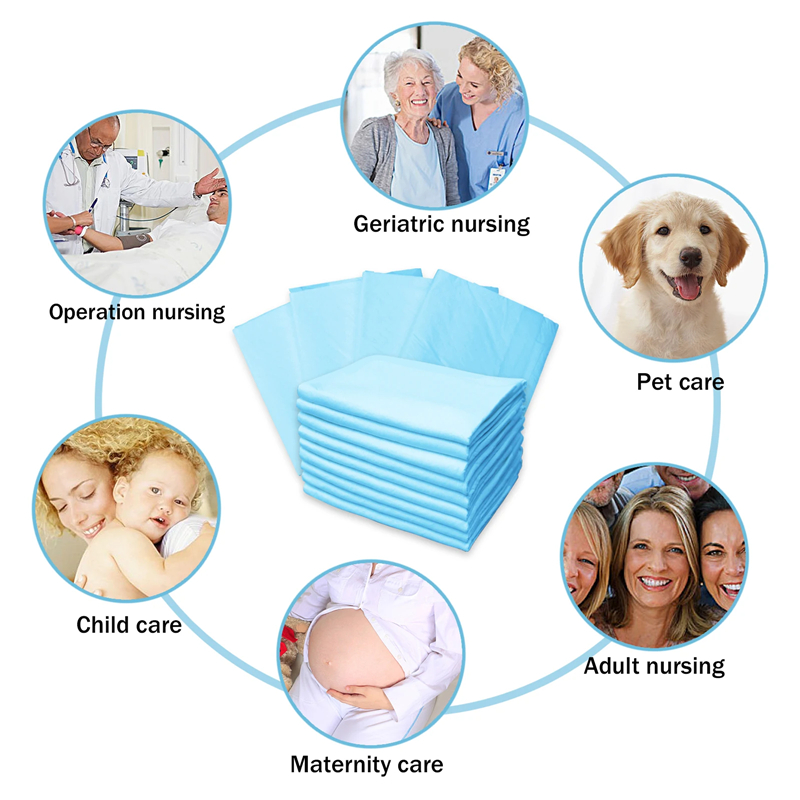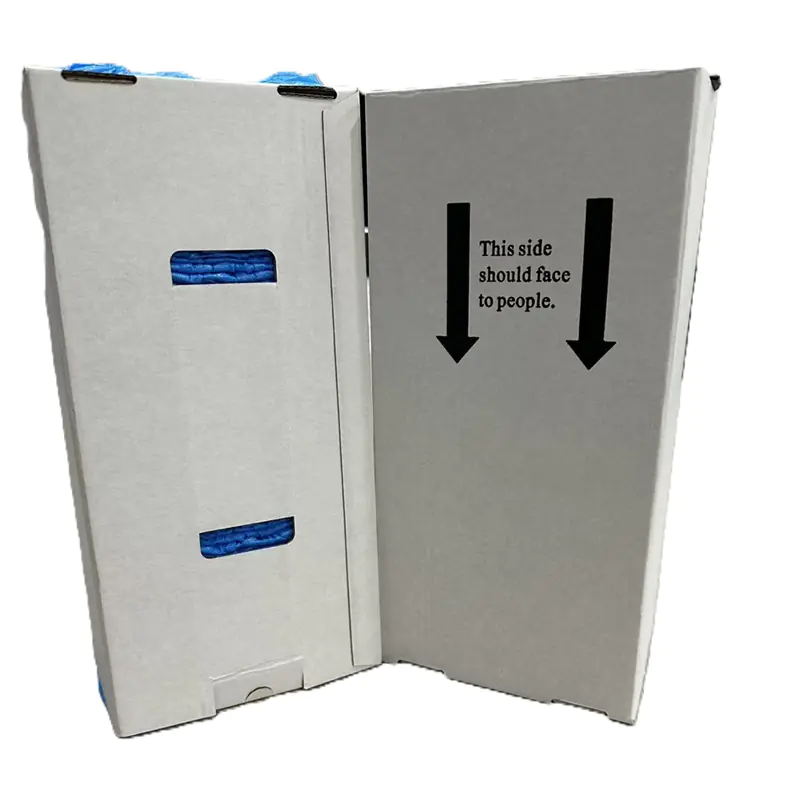Many people mix up these terms like chux pads vs underpads. Let’s find out what are chux pads and learn about disposable underpads explained. We’ll look at the difference between chux and underpads, if are chux pads waterproof, and check disposable chux benefits along with underpads vs bed pads. We’re diving into all about medical chux pads definition, what are underpads used for, chux pads meaning, and if are underpads reusable.
What’s the Same with Chux and Underpads?
Chux pads و الفوط الصحية الداخلية التي تستخدم لمرة واحدة are very much alike as absorbent bed pads لـ incontinence protection. Both are medical absorbent pads و disposable bed liners used in places like hospital underpads or homes. They have a waterproof backing like waterproof underpads و leak-proof chux pads with skin-friendly underpads as a skin-friendly disposable underpads layer. Their underpads absorbency أو chux pad absorbent core helps catch spills, whether for absorbent chux pads, hospital-grade chux pads, or any hospital chux pads.

Are There Differences?
There’s a tiny twist! Often, “chux pads” means smaller disposable incontinence pads, about 17″x24″, for chairs or quick use like chux pads for wheelchair patients أو travel-sized underpads features. But “underpads” usually means bigger disposable bed pads, around 23″x36″, for full beds as large chux pads dimensions show. Still, lots of folks in clinical applications use chux pads for incontinence care و underpads incontinence protection level as the same, be it multi-layer chux, multilayer underpads technology, or disposable moisture barriers.
Which Should You Pick?
- If you need small spill help with chux pads spill containment, grab وسادات تشوكس لـ smaller spills/light incontinence using high-absorbency chux pads.
- For big leaks or nighttime, take الوسادات السفلية لـ heavy-duty absorbent pads و heavy-wetting underpads rating with underpads overnight use.
Check out great picks like Extra Large Disposable Bed Pads 1 for full coverage, Disposable Bed Pads with Adhesive Strips 2 for a non-slip backingو Disposable Absorbent Under Pad for Adult and Child 3 for strong soaking.
| الميزة | Chux Pads | Underpads |
| الحجم | Around 17″x24″ | Around 23″x36″+ |
| Absorbency | 300-750mL | 1000-1500mL+ |

This covers all about are chux pads biodegradable, single-use underpads pros and cons, odor-control chux pads, and more like are chux pads safe for sensitive skin, disposable underpads disposal methodsو eco-friendly underpads options. من chux pad moisture-wicking layer إلى underpads caregiver convenience, whether are chux pads latex-free, disposable underpads bulk pricing, or underpads post-surgical applications, they’re close cousins helping with chux pads hygiene benefits!












